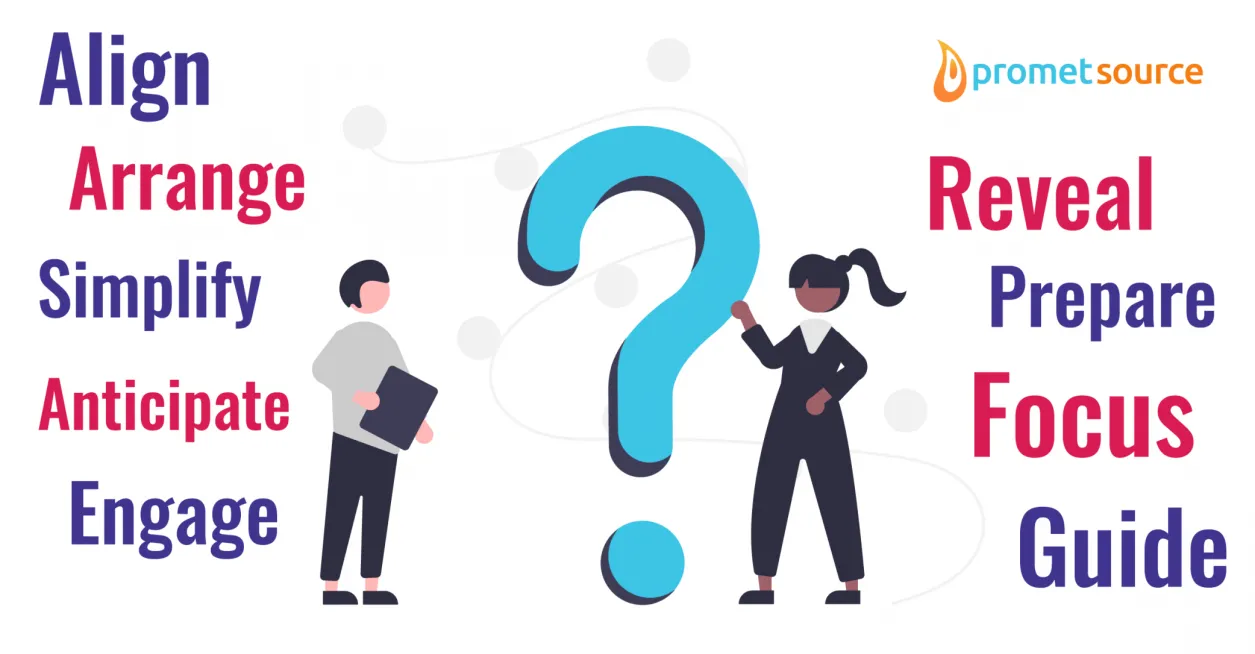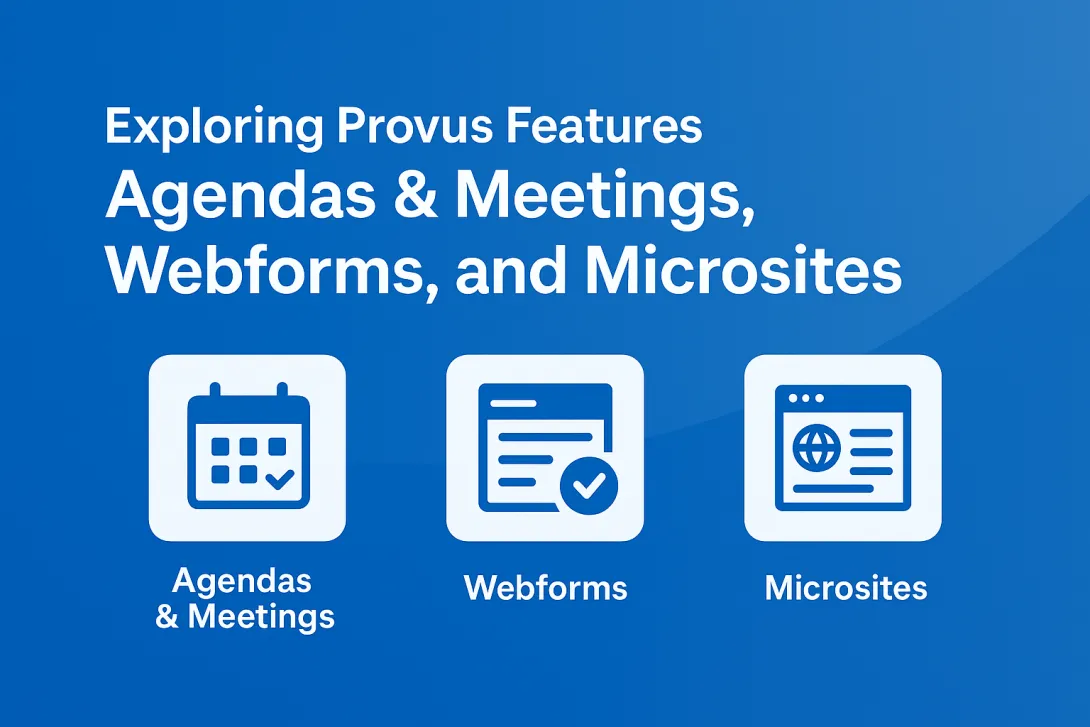What are Heuristics? How Do They Apply to UI/UX?

Heuristics is one of those words that sounds extremely academic, but whose meaning is refreshingly simple. Essentially, heuristics refer to rules of thumb, mental shortcuts—or the kinds of decision-making frameworks that we engage in every day. Sometimes we do so consciously, other times, we act in a more automatic manner, based on past experience.
In the world of website UI/UX, heuristics are often discussed from the perspective of a website’s “must haves,” and they can serve as very helpful guidelines for ensuring that all bases are covered when developing a site.
Close attention to usability heuristics is key to creating a user experience that optimizes first impressions and maintains engagement.
Heuristics for Website Usability
At Promet Source, we’ve consolidated site heuristics into nine key points:
- Seek Alignment
- Engage Visually
- Provide Cues
- Set Expectations
- Focus on the Familiar
- Simplify Complexity
- Guide Accurately
- Anticipate Errors
- Ensure Accessibility
GET THE 9-POINT HEURISTIC CHECKLIST FOR SITE USABILITY
This useful resource presents key points of usability best practices, along with questions to help avoid oversights.
As a practitioner and proponent of human-centered design, I tend to view site usability heuristics from two angles.
The first, of course, are the guidelines that we work to keep top of mind over the course of designing and developing the UI and UX of a site with the intention of optimizing usability and creating a great user experience that achieves a clients’ key objectives and aligns with their brand.
The second and related perspective on website heuristics is the realization that just as we as web designers and developers operate from set of guidelines that need to become second nature, users also engage in their own set of heuristic mental shortcuts every time they land on a site. Chances are, they are not particularly conscious about doing so as the make decisions concerning:
- Am I going to engage with this site?
- Does it contain the information that I need?
- Should I keep scrolling?
- Do I want to click on this link?
- Is this interface going to be easy or trip me up into some frustrating sort of loop?
- Should I just order now?
- Do I want more information?
Human-Centered Design Connection
Sharpening the focus on empathy toward the users who land on your site is an essential objective of human-centered design. Site heuristics provide the best practices starting point.
We’ve found that paying attention to site heuristics is also an important step to keep from falling into the “curse of knowledge” trap. Those who design a site or who own and frequently work in it, are closely connected to the structure and navigation. Nothing seems confusing or cumbersome.
Our logic is not what matters, though. What matters is the user who has specific objectives and possibility limitations. Likely, they lack the inclination or patience to work through navigational sticking points.
Interested in taking website heuristics to the next level by moving toward human-centered design? Contact us today!
Get our newsletter
Get weekly Drupal and AI technology advancement news, pro tips, ideas, insights, and more.




